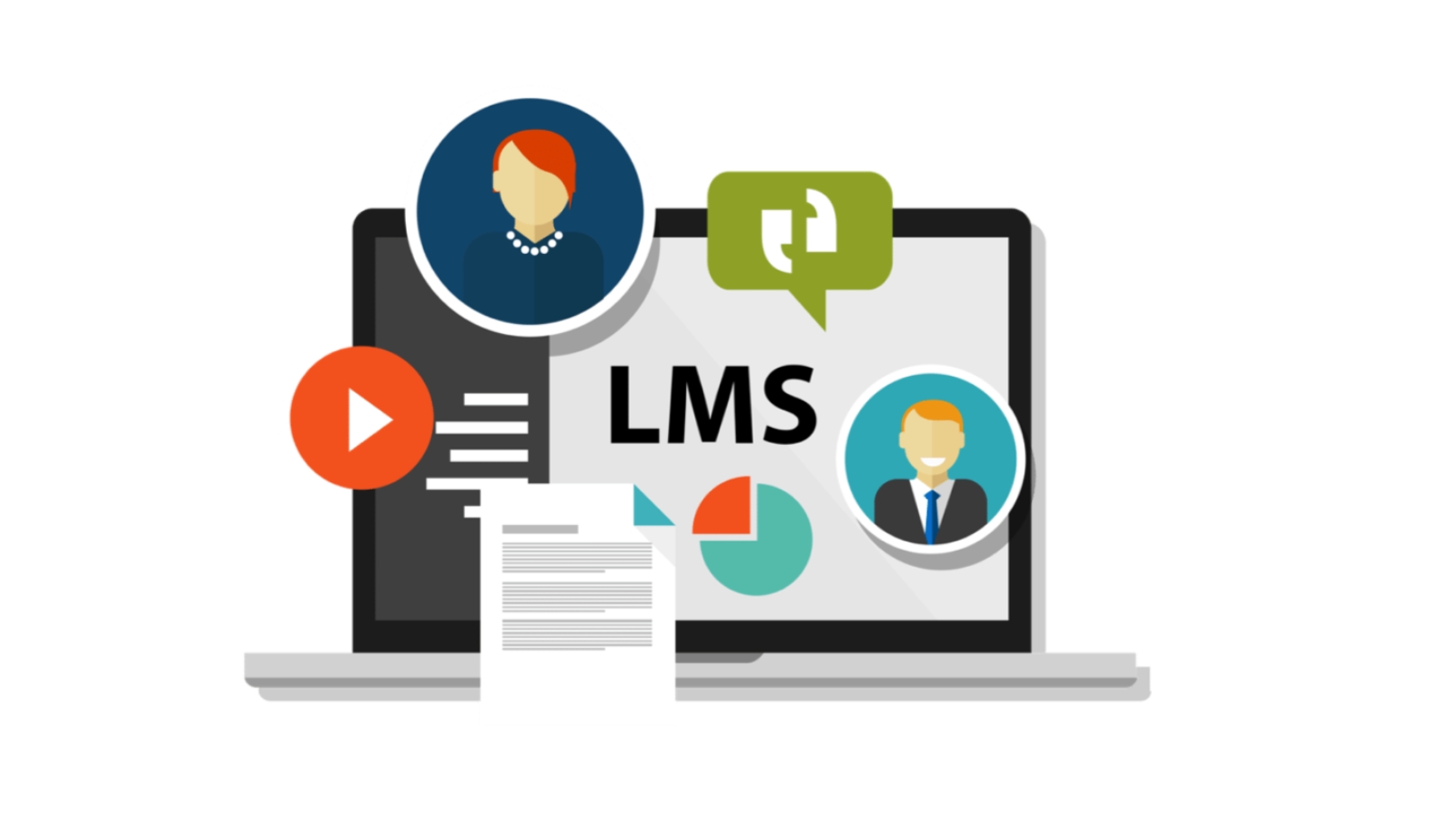Welcome to an exploration of the vital role that transparent communication plays within the workplace.
In this insightful piece, we delve into the reasons why fostering an environment of openness and honesty is absolutely crucial for success.
Discover how transparent communication cultivates trust, fosters collaboration, and empowers individuals to perform at their best.
As revealed by a recent survey, 46% of employees have cited insufficient transparent communication from leadership as a motivating factor for actively seeking alternative job opportunities.
Join us as we uncover the transformative power of transparent communication in the workplace and its profound impact on organizational culture and productivity.
What Is Transparent Communication In The Workplace?
In a comprehensive study by IBM, which examined the viewpoints of more than 1,700 CEOs across 64 countries and 18 industries, a noteworthy discovery emerged.
The study revealed that companies surpassing their competitors are 30% more inclined to recognize openness as a crucial factor influencing their organization's success.
Transparent communication in the workplace refers to the act of openly sharing information, ideas, and feedback without concealing important details or promoting hidden agendas.
It involves creating an atmosphere where employees feel encouraged to express their thoughts, concerns, and perspectives honestly.
Moreover, it emphasizes authenticity, integrity, and clarity, establishing a foundation of trust and openness within the organization.
By promoting such communication, workplaces can foster better collaboration, increase employee engagement, and improve overall productivity.
Importance Of Transparent Communication
Based on recent findings, a study revealed that 33% of workers expressed how a deficiency in open and honest communication has an adverse effect on employee morale.
Transparent communication plays a pivotal role in the success and effectiveness of any workplace.
Here are several key reasons why this type of communication is of utmost importance:
1. Building Trust
It cultivates trust among employees, teams, and leaders.
When information is shared openly and honestly, it creates an atmosphere of credibility and reliability.
Employees feel valued and respected when they are kept informed about important matters, leading to stronger bonds and trust within the organization.
2. Fostering Collaboration

It encourages collaboration and teamwork.
When individuals have access to information, they can make well-informed decisions and contribute effectively to team projects.
Openly sharing ideas and feedback promotes a culture of collaboration, allowing employees to work together towards common goals and find innovative solutions.
Elevated communication levels in the workplace have a profound impact on enhancing collaboration, especially in hybrid and remote work environments.
This effect becomes notably apparent as employees in such settings dedicate approximately 50% more time to engaging in collaborative work.
Moreover, employees allocate approximately 50% additional time to actively participating in collaborative work.
3. Enhancing Problem-Solving
It enables efficient problem-solving.
When issues are openly discussed, employees can contribute their perspectives, expertise, and potential solutions leading to increased productivity.
This open dialogue facilitates a more comprehensive understanding of problems and promotes collective brainstorming, leading to effective problem resolution.
4. Improving Employee Engagement
It positively impacts employee engagement.
When employees are kept informed about company updates, goals, and strategies, they feel connected to the organization's vision and purpose.
According to a study published in the Harvard Business Review, a significant 70% of workers report being highly engaged in their job when senior management maintains a culture of open communication.
Open communication also involves active listening and providing opportunities for employee input, empowering them and making them feel valued, thereby enhancing their engagement and commitment.
5. Encouraging Innovation
It supports a culture of innovation.
When employees are encouraged to share their ideas, even if they challenge the status quo, it sparks creativity and promotes continuous improvement.
Open communication channels allow for the exchange of diverse perspectives, fostering a fertile ground for innovative thinking and growth.
6. Preventing Rumors And Misinformation
It helps combat rumours and misinformation.
When information is shared openly, it reduces the likelihood of employees speculating or spreading inaccurate information.
Clear and timely communication ensures that everyone has access to accurate details, reducing confusion and maintaining a positive work environment.
Academic studies have demonstrated that workplace transparency plays a significant role in fostering accountability within the organizational setting.
7. Strengthening Leadership
It enhances leadership effectiveness. Leaders who communicate openly and honestly build credibility and trust among their team members.
By setting an example of communication that is transparent, leaders create an environment where employees feel comfortable voicing their concerns, seeking guidance, and collaborating, ultimately strengthening their leadership capabilities.
In summary, transparent communication in the workplace is vital for building trust, fostering collaboration, enhancing problem-solving, improving employee engagement, encouraging innovation, preventing rumours, and strengthening leadership. To find out the metrics for communication click here.
By prioritizing it, organizations can create a positive and productive work environment that empowers employees and drives overall success.
12+ Ways To Maintain Transparent Communication At Work
Did you know that an astonishing 87% of surveyed workers, as indicated by a Future of Work study conducted by Slack, expressed their desire for transparency in their future job endeavours?
Maintaining transparency can be challenging as your company grows. It is crucial for healthy company culture and alignment among employees.
Clear communication is key, especially for shared projects and goals.
Here are some of the best tips on how to maintain transparent communication at work:
1. Embrace Vulnerability to Build Trust
In the professional realm, it can be challenging to admit our mistakes or show our flaws, especially in leadership positions.
However, genuine strength and confidence emerge when leaders display vulnerability.
By sharing our authentic selves and acknowledging our imperfections, we create an environment where team members feel comfortable and trust can flourish.
Embracing our human side encourages transparent communication and fosters stronger connections among colleagues.
2. Strike A Balance Between Empathy And Privacy

To promote open and transparent communication, it is essential to cultivate empathy for the experiences and challenges faced by others.
Demonstrating empathy creates a safe space for individuals to share information and concerns.
However, it is crucial to respect personal boundaries and maintain a separation between work and private life.
Striking the right balance ensures that discussions remain supportive without intruding on someone's privacy.
3. Document Important Instructions
To maintain transparent communication at work, it is important to document and provide clear instructions on project management platforms or group chat rooms.
While it may require some effort up front, documenting important instructions and end goals ensures a high standard of communication and enhances operational efficiency.
By reducing the time spent on figuring out tasks, employees can focus more on their completion.
However, it is important to strike a balance and avoid providing step-by-step instructions that stifle critical thinking and discourage proactive problem-solving among non-managerial employees.
4. Use A Dashboard System
To streamline communication and maintain transparency, implementing a dashboard system is essential.
This system allows for the centralization of client files, project notes, briefs, emails, and other project-related information.
A well-organized dashboard enables easy access to project details, even for new team members, facilitating a comprehensive understanding of the project's history.
Additionally, visual representations of project progress and potential issues provide valuable insights during weekly team meetings.
5. Conduct One-On-One Meetings
For effective communication across departments, conducting regular one-on-one meetings with employees is invaluable.
Whether it's with department heads or team members, gathering feedback from everyone ensures that communication stays on track and that everyone is aligned.
These meetings provide an opportunity to address any concerns, clarify expectations, and ensure that everyone is on the same page.
5. Leverage Technology For Direct Communication Channels
Establishing direct lines of communication is key to facilitating transparent interactions.
Instead of relying on generic invitations for open dialogue, focus on leveraging modern communication tools that enable employees to provide both positive and constructive feedback promptly.
Technology provides a convenient and efficient platform for real-time communication, fostering a culture of transparency and facilitating instant exchanges of ideas.
6. Embrace Company Values
Consistently reinforcing and discussing company values plays a crucial role in fostering transparency in the workplace.
By regularly reflecting on team accomplishments and sharing stories that exemplify these values, organizations can shape their culture and create an environment where transparent communication thrives.
Values serve as guiding principles that define what is important and how employees interact with one another, strengthening trust and alignment.
7. Incorporate The Right Project Management Tools
Choosing the appropriate project management tools is crucial for fostering transparency and effective communication.
Platforms like Oreed offer a centralized platform for teams to collaborate, share resources, and stay updated on project progress.
By using such tools, goals, projects, and communication become simplified and streamlined.
It is important to strike a balance and avoid overwhelming team members with an excessive number of tools and processes that can lead to confusion and disorganization.
8. Demonstrate Stability And Consistency
Maintaining stability and consistency is essential for establishing trust and ensuring transparent communication.
Inconsistency can undermine trust and leave employees unsure about how to effectively engage in open dialogue.
By staying committed to upholding transparency and consistently following through on commitments, leaders and teams build a foundation of trust and reliability.
Valuing and considering feedback from team members further reinforces the notion that their input is valued and respected.
9. Build An Encouraging Company Culture

In addition to utilizing the right tools, building an encouraging company culture is essential to promote transparency.
Establishing open channels of communication, such as chat messaging platforms, encourages employees to share insights, ask questions, and discuss problems openly.
Leaders and supervisors should actively participate in these channels, providing prompt responses and demonstrating their willingness to address issues.
This practice fosters an environment where employees feel comfortable reaching out and expressing their concerns.
10. Hold Daily Standups
Organize team calls at the start and end of each day to ensure clear communication and alignment.
During these standups, reiterate the next steps and goals for each project, providing clarity and setting expectations.
Consider recording the meetings and adding transcripts to avoid miscommunication.
Additionally, document each task, its progress, and any roadblocks in a shared tool, and assign deadlines to promote accountability and transparency within the team.
11. Avoid Technical Jargon
Effective communication relies on clear and accessible language, free from excessive technical jargon and complex terminology.
Overusing specialized language can create barriers within a team, hindering understanding and collaboration.
By using simple and widely understood language, team members bridge the knowledge gap and promote inclusivity, ensuring that everyone can contribute to discussions and decisions.
For instance, instead of saying, "We need to implement a Net Promoter Score query into our beta version of the app," Adam, the marketing lead, opts for a more straightforward approach, suggesting, "Let's include a question in our beta version of the app asking users how likely they would be to recommend our product."
This concise and accessible language enables all team members, regardless of their backgrounds, to grasp the message and actively participate in the conversation.
12. Create Incentives
To promote transparency and effective communication, incentivizing these behaviours can be a powerful motivator.
Building incentives into the company culture and rewarding improvements in communication encourage employees to actively engage in transparent communication.
Whether it's offering raises, bonuses, or gift cards, providing external motivation initially can help establish the habit of transparency.
Over time, as employees experience the benefits of open communication, it becomes an internalized value and a cornerstone of the corporate culture.
13. Empower Your Management Team
As organizations grow, one-on-one meetings become increasingly challenging.
However, empowering your management team ensures that transparency flows throughout the organization.
By sharing detailed information regularly with department and team leads, you enable them to instil the company's qualities and cultural values within their respective units.
Transparent communication with managers and leads ensures that relevant information is disseminated effectively, empowering employees at all levels to contribute proactively.
Introducing Oreed: Streamline Employee Communication And Training
1. Manage Your Employees With Ease
Experience the simplicity of Oreed, the all-in-one education intelligence platform designed to streamline employee communication and training.
Say goodbye to the confusion of managing multiple platforms.
2. Unlock Enhanced Employee Knowledge
Gain a comprehensive view of your employees with Oreed's 360-degree insights. Understand their needs, strengths, and areas for improvement.
Deliver personalized training that targets specific areas for growth.
3. Measure Training Impact With Precision
Track the effectiveness of your training efforts effortlessly using Oreed's detailed reports and analytics.
Identify areas for improvement and make data-driven decisions to enhance your training strategies.
4. Simplify Processes, Boost Productivity
Bid farewell to juggling multiple platforms.
Oreed simplifies your processes, saving time and resources. Elevate employee engagement, retention, and productivity with a more efficient training program.
Discover the ultimate all-in-one platform for seamless employee communication and training.
Embrace Oreed and revolutionize how you manage and develop your workforce.
So what are you waiting for? Book a demo with Oreed today and find out more about our features.
Promote lifelong learning through Oreed by experiencing the most powerful all-in-one training and development intelligent platform that streamlines all your organization's learning, training, and development activities in one place.
Final Thoughts
Transparent communication is not just a desirable aspect of the workplace; it is an essential ingredient for success.
By fostering a culture of openness, trust, and collaboration, organizations can create an environment where employees feel valued, engaged, and empowered.
It strengthens leadership, improves decision-making, and boosts overall productivity.
Embracing communication that is transparent in the workplace is a transformative step towards creating a thriving and harmonious work environment, where individuals and the organization can reach their full potential.
FAQs
1. Why is transparency crucial?
Transparency is crucial because it establishes trust and credibility within an organization.
When information is openly shared, employees feel valued, respected, and included in the decision-making process.
Such communication ensures that everyone has access to the same information, reducing misunderstandings and promoting a sense of fairness.
It also helps to prevent rumours and gossip from circulating, as accurate information is readily available.
Additionally, transparency promotes accountability, as employees are more likely to take ownership of their actions and outcomes when they understand the rationale behind decisions.
Ultimately, transparency fosters a positive work culture built on trust, collaboration, and integrity.
2. What is the benefit of transparency in the workplace?
The benefits of transparency in the workplace are numerous.
Firstly, it enhances communication and collaboration among employees and teams.
When information is shared openly, it breaks down silos and promotes a free flow of ideas and knowledge.
This leads to improved problem-solving, innovation, and creativity.
Secondly, transparency cultivates a sense of ownership and empowerment among employees.
When they have access to information and understand the organization's goals and strategies, they can align their efforts and make informed decisions.
This increases employee engagement, motivation, and job satisfaction.
Furthermore, transparency improves organizational agility and adaptability, as employees are better equipped to respond to changes and challenges.
Overall, transparency in the workplace creates a positive and productive environment where employees can thrive and contribute to the organization's success.





